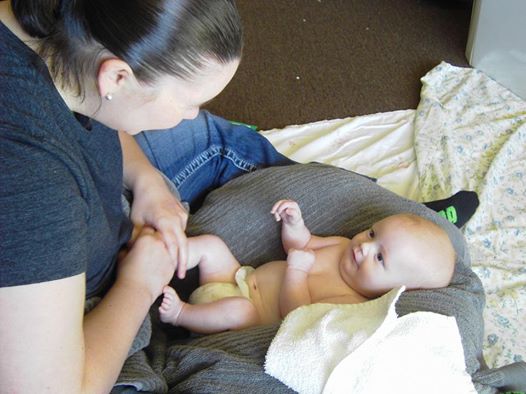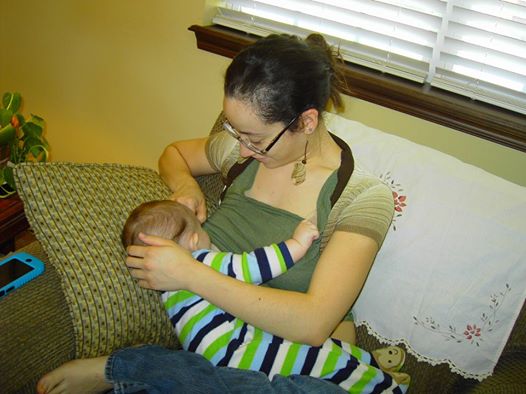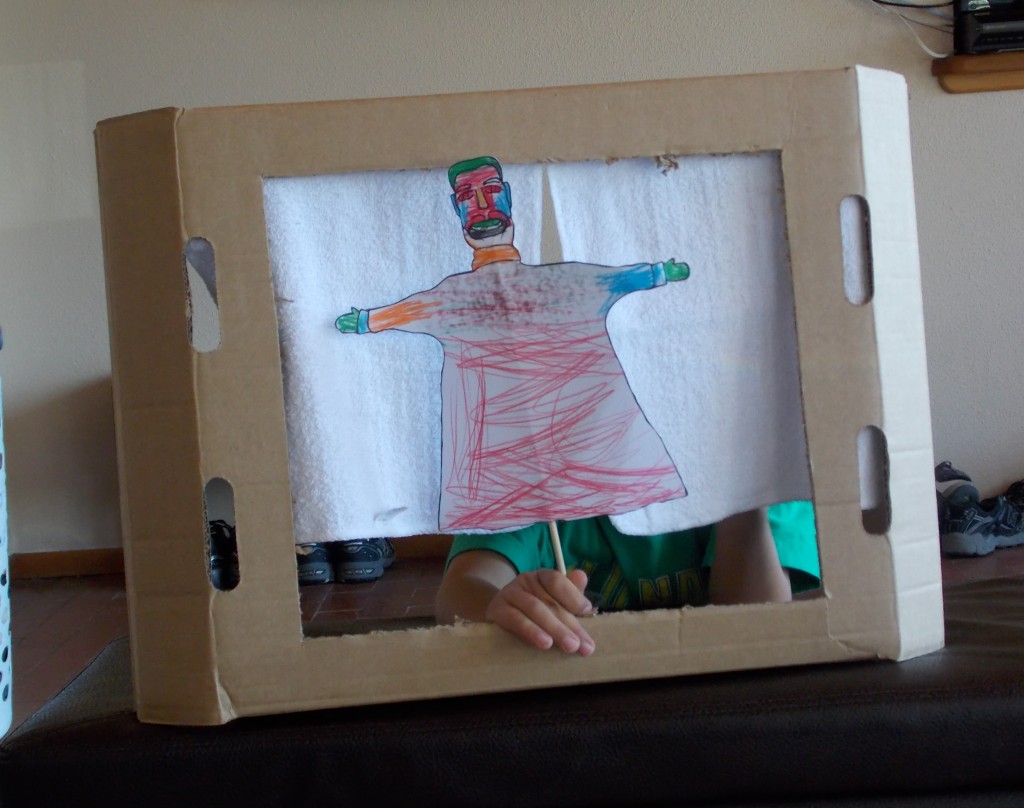Want to Cut the Cost of Raising Kids? Do with Less!
I recently polled a group of women online, asking why a mom who could afford to stay home and take care of a new baby would not want to. Not a mom who doesn’t have two dimes to rub together, but a woman whose level of support might allow her to be a stay-at-home mom – if she chose.
It was a good thing I had my running shoes on. I got booed off the block.
One commenter said she didn’t know why women even bothered getting a college degree if they were only going to stay home and change diapers. After all, anyone can meet a baby’s needs, she said.
I ducked. Didn’t we call a truce between stay-at-home and working moms a long time ago?
One mother got it, though. She said, “These women think daycare is how you’re supposed to raise kids!”
“Thank you,” I wrote back.
The needs of children, especially babies and toddlers, will always be different from those of parents. That’s a fact. It’s a matter of deciding whose needs are more important.

You can have a bigger home, the latest Smartphone, cable, a big screen TV, new SUV, the hottest electronics, dinners out, and a vacation.
But what if you were willing to make a trade-off? What would happen if you you settled for less? Would you really suffer all that much? And wouldn’t it be better for the baby if he didn’t have to go to daycare at seven in the morning?
According to a recent Princeton University study, 40% of all children are not sufficiently attached to their parents. Infants under age three who do not form strong bonds with their mother or father are more likely to suffer from aggression, defiance and hyperactivity when they get older.
While the popular vote was against me, I had at least done my homework. I shared my notes.
I tried explaining how infants can’t regulate their own emotions and need gentle soothing and touch to produce a relaxation hormone called oxytocin.
I explained that separation can cause babies to feel extreme stress, and that over time, stress causes hormones such as cortisol cause to damage to developing brain architecture. (Harvard’s Center on the Developing Child)
My post reminded me of another interesting tidbit: around the 1960s, just about the time typical childhood diseases were being wiped out in America, other types of problems began marching into pediatrician’s offices. According to one report, parents wanted to know what was causing their kids to have poor concentration, hyperactivity, and aggressiveness.
The emergence of these “disorders” – more behavioral than medical – happened to coincide with an era when mothers began entering the workforce in record numbers.
Here’s the $64,000 question: Could these new problems be a by-product of insufficient attachment?
Behavioral disorders resulting from inadequate bonding (and the damaging effect of toxic stress on the developing brain) are far cheaper to prevent up front than to fix on the back-end.
What does a preventative measure look like? Well, staying home and nurturing one’s children in a loving environment – for the first three years, as per the Princeton study.
According to a recent NPR Business News report, the cost of raising a child today is a staggering $245,340. That’s for a child born in 2013, from birth through age 18, according to the USDA.
But the costs may run much higher.
Why? Because the USDA hasn’t taken into consideration the fact that a large percentage of Americans choose to raise their children in ways that put them at risk for emotional and behavioral problems, and the subsequent cost to society.
“The latest is that a middle-income family should expect to spend between about $13,000 and $15,000 a year to raise a child born last year,” said NPR’s Pam Fessler.
“Housing is the biggest expense, followed by childcare, education and food. USDA economist Mark Lino says teenagers are the most expensive,” said Fessler.
Doing the math, that averages more than $1,000 a month.
But let’s get back to that second expense: childcare.
According to Dept. of Agriculture figures, the cost of childcare, adjusted for inflation, has risen 24% since 1960, when they started keeping track of this sort of thing.
Not an astronomical increase, but an expense that with a some priority-planning can be avoided altogether.
My grandchildren, ages 3 and 5, recently got their hands on a big cardboard box, a by-product from their father’s bathroom remodeling project. They made a weekend of it.
One afternoon we visited a museum where an exhibit on Brazil offered children’s puppet-making. I was astounded by the kids’ attention-span for coloring the stick puppets, and later, for staging puppet shows using a piece of discarded cardboard.
What they loved, it seems, is having permission to create and use their imaginations. They didn’t need expensive “stuff.” Only a throw-away cardboard box.
And nobody had to bribe them.
The actual figures for raising a kid are nothing like the USDA says. It’s really far less. But only if you do it yourself. By hand. In the home. And from the heart.
Look at it this way. If somebody gave you a chance to buy shares in a new company that in 18 years promised huge dividends, and that had a strong likelihood of merging with another successful company, earning even greater dividends – wouldn’t you figure out a way to do it?
I did.
Even so, I sometimes have to remind myself that life isn’t a contest. It’s not the person with the biggest bank account who wins. FFG.








Leave a Reply